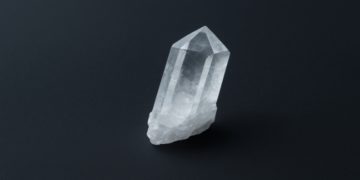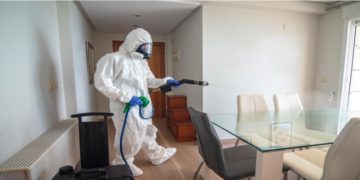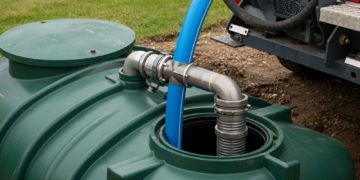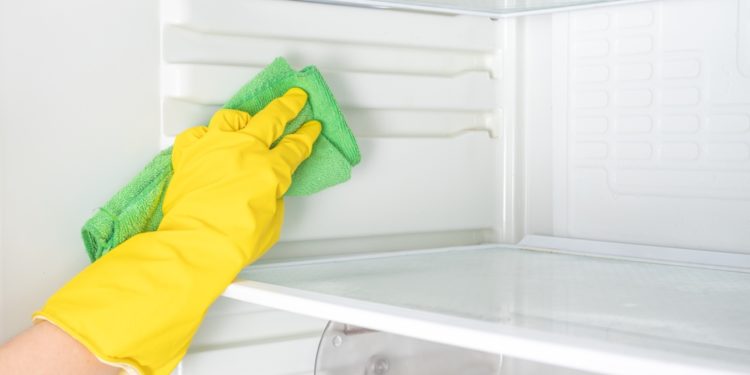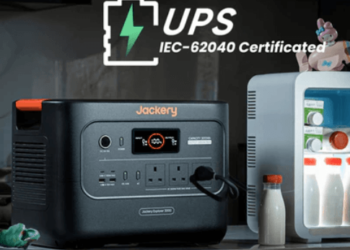For most homeowners, cleaning has become second nature. The dishes are done, the floors are swept, and the counters get their daily wipe-down. But if you think your home is truly spotless based on these tasks alone, you may be missing something important. Beneath the surface of our everyday tidying lies a hidden world of forgotten zones and overlooked details that can quietly accumulate dust, allergens, and bacteria.
Whether you manage your own house cleaning services or rely on professionals, it’s easy to fall into a rhythm that misses the corners. That’s where a more strategic and thoughtful approach to cleaning comes into play—one that ensures the whole environment is refreshed, not just the visible parts.
This article explores the neglected spaces in homes and commercial environments alike, offering insights into why they matter, how they affect your health, and what steps you can take to close the gaps in your cleaning routine.
The Silent Buildup: Why Hidden Spaces Matter
It’s not just about looking clean; it’s about being clean. Many commonly neglected areas in a home can be hotbeds for dust mites, mold spores, pet dander, and bacteria. Think of the space behind large furniture, the tops of door frames, or the corners of window sills.
Over time, these spots accumulate grime that can affect indoor air quality and even trigger allergies. In commercial cleaning services, neglecting these areas can reduce the perceived professionalism of a space and compromise hygiene standards, especially in customer-facing environments.
Deep cleaning these spaces on a consistent basis creates a healthier environment and preserves the longevity of your home’s surfaces and systems.
Window Tracks and Sills
You might polish your windows regularly, but when was the last time you looked at the tracks? These narrow channels are magnets for dust, dead insects, and grime. Moisture can also build up in these areas, creating ideal conditions for mold and mildew.
In coastal or humid climates, like San Diego, the combination of moisture and heat can make these areas especially vulnerable. Addressing them regularly can prevent long-term damage and improve your view—literally.
Baseboards and Trim
Baseboards tend to be the forgotten soldiers of the home. While they’re not at eye level, they collect an astonishing amount of dust and pet hair. As air moves through a space, particles are pushed down and trapped by these low-lying surfaces.
Taking a few minutes every couple of weeks to give baseboards a quick wipe-down can significantly reduce allergens and make your home look visibly cleaner. It’s an especially worthwhile habit for homes with children, pets, or individuals with respiratory sensitivities.
Ceiling Fans and Light Fixtures
Out of sight, out of mind—until someone looks up. Ceiling fans are notorious for trapping dust along their blades, which is then distributed throughout the room each time they spin. Similarly, light fixtures, especially in kitchens, often hold layers of grease and dust.
The solution is simple but often overlooked: add ceiling fixtures to your monthly cleaning checklist. A microfiber cloth or extendable duster can easily handle these jobs, and the difference is both immediate and satisfying.
Air Vents and Filters
HVAC vents and filters do more than regulate temperature; they shape the air you breathe. Dirty vents distribute allergens and dust every time the system kicks on. If left unattended, they can become a hidden hazard to both health and cleanliness.
While many homeowners remember to change filters seasonally, they often forget to clean the surrounding vents. A vacuum and soft brush attachment are great tools for clearing dust, while a damp cloth can remove surface dirt on grilles and covers.
For commercial properties, regular HVAC cleaning is even more critical. It ensures a healthier working environment and can reduce long-term maintenance costs.
Behind and Beneath Appliances
The floor beneath the fridge or the space behind the stove can harbor food crumbs, spills, and bacteria for months—sometimes years—if not addressed. These are prime spots for pests and bad odors.
Deep cleaning here requires moving appliances, which can be intimidating. But doing so even a couple of times per year will protect the surfaces and keep your kitchen genuinely clean, not just apparently so.
Professional house cleaning services often include this in their deep cleaning rotations, and with good reason—it makes a real difference in hygiene and air quality.
Bathroom Corners and Fixtures
Even with regular cleaning, bathrooms can have sneaky spots that escape attention. Faucets and showerheads may look clean on the surface but harbor mineral buildup and bacteria. The corners of showers and under toilet tanks can also collect grime.
Scrubbing these with vinegar or baking soda can help remove buildup without damaging finishes. Paying close attention to these details doesn’t just improve appearance—it reduces the spread of germs in one of the most sensitive areas of the home.
The Spaces We Touch Most
While hidden areas often need more attention, don’t forget the frequently touched surfaces we take for granted. Door handles, remote controls, and light switches are rarely disinfected despite being high-contact points.
These surfaces can carry germs from one person to another, contributing to household illness. Weekly sanitizing with an alcohol-based solution is a quick, effective way to cut down on invisible risks.
Establishing a Cleaning Strategy That Covers All Bases
Consistency and awareness are the keys to achieving a home or workplace that’s not just clean, but truly healthy and balanced. Many people benefit from creating a rotational cleaning schedule that cycles through the less obvious zones. Rather than trying to do it all at once, spreading tasks across weeks or months ensures that nothing is forgotten.
For homeowners and businesses who want to streamline this effort, working with experienced cleaning services in San Diego can help. Companies like Maid 2 Clean San Diego understand how to go beyond the basics and address the full scope of cleanliness.
Their attention to detail—combined with an understanding of high-risk and often-neglected areas—can help ensure that your environment not only looks fresh but actually supports health and productivity.
Conclusion: It’s the Details That Make a Difference
If you’re aiming for a genuinely clean environment, don’t just stop at what you can see. The less obvious areas of your home or workplace deserve just as much attention. Cleaning isn’t only about tidiness; it’s about creating spaces that promote wellness, reduce stress, and enhance daily living.
By paying closer attention to the places that usually escape your cleaning radar, you’re making an investment in your health, your home, and your peace of mind. And with the right help or a better plan, nothing needs to be overlooked again.



